Description
Portrait of a young boy with peyot by Isidor Kaufmann printed on a Hoodie
About the Hoodie
Modern fit
It provides a more tailored look than a regular fit
Comfortable
The fabric and fit of this item are extra comfy
Tear-away tag
Easily removable tear-away tag that allows you to add a custom inside label
Premium quality
The product is made from premium, high-quality materials
Classic unisex hoodie with a front pouch pocket and matching flat drawstrings. The 100% cotton exterior makes this hoodie soft to the touch.
- 65% ring-spun cotton, 35% polyester
- Charcoal Heather is 60% ring-spun cotton, 40% polyester
- Carbon Grey is 55% ring-spun cotton, 45% polyester
- 100% cotton face
- Fabric weight: 8.5 oz./yd.² (288.2 g/m²)
- Front pouch pocket
- Self-fabric patch on the back
- Matching flat drawstrings
- 3-panel hood
- Tear-away tag
Isidor Kaufmann (1853 – 1921)
Isidor Kaufmann was an Austro-Hungarian painter of Jewish themes. Having devoted his career to genre painting, he traveled throughout Eastern Europe in search of scenes of Jewish, often Hasidic life.
Born to Hungarian Jewish parents in Arad, Kingdom of Hungary (presently in Romania), Kaufmann was originally destined for a commercial career, and could fulfill his wish to become a painter only later in life.
In 1875, he went to the Landes-Zeichenschule in Budapest, where he remained for one year. In 1876, he left for Vienna, but being refused admission to the Academy of Fine Arts there, he became a pupil of the portrait painter Joseph Matthäus Aigner. He then entered the Malerschule of the Vienna Academy, and later became a private pupil of Professor Trenkwald.
His most noted paintings refer to the life of Jews in Poland. They include: Der Besuch des Rabbi (the original of which was owned by Emperor Franz Joseph I, in the Kunsthistorisches Museum), Schachspieler, Der Zweifler (for which he received the gold medal at the Weltausstellung of 1873).
Kaufmann’s other honors include: the Baron Königswarter Künstler-Preis, the gold medal of the Emperor of Germany, a gold medal of the International Exhibition at Munich, and a medal of the third class at the Exposition Universelle in Paris.
One of his most prominent students was Lazar Krestin.

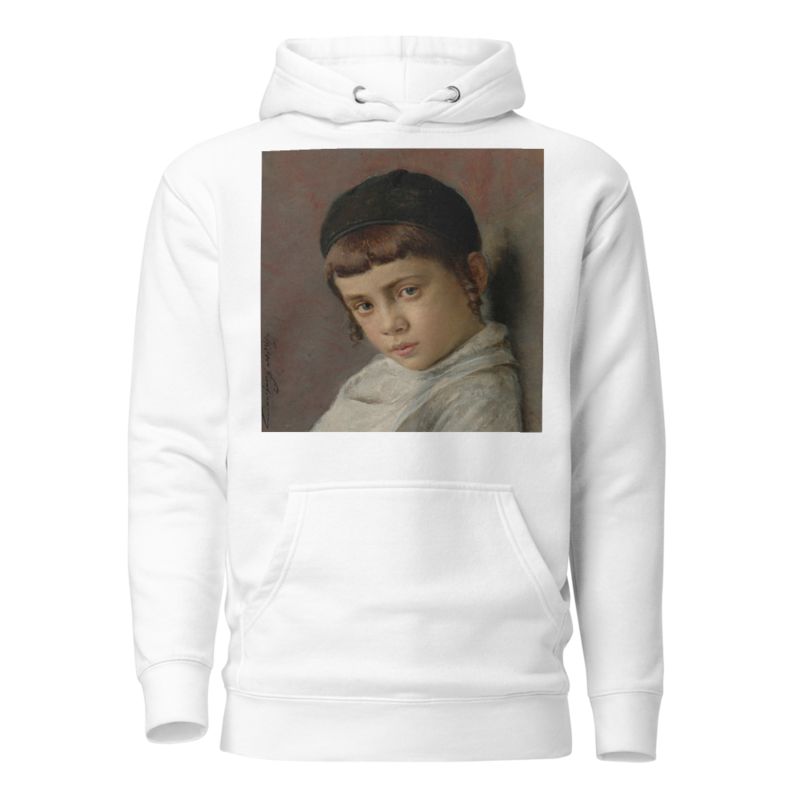
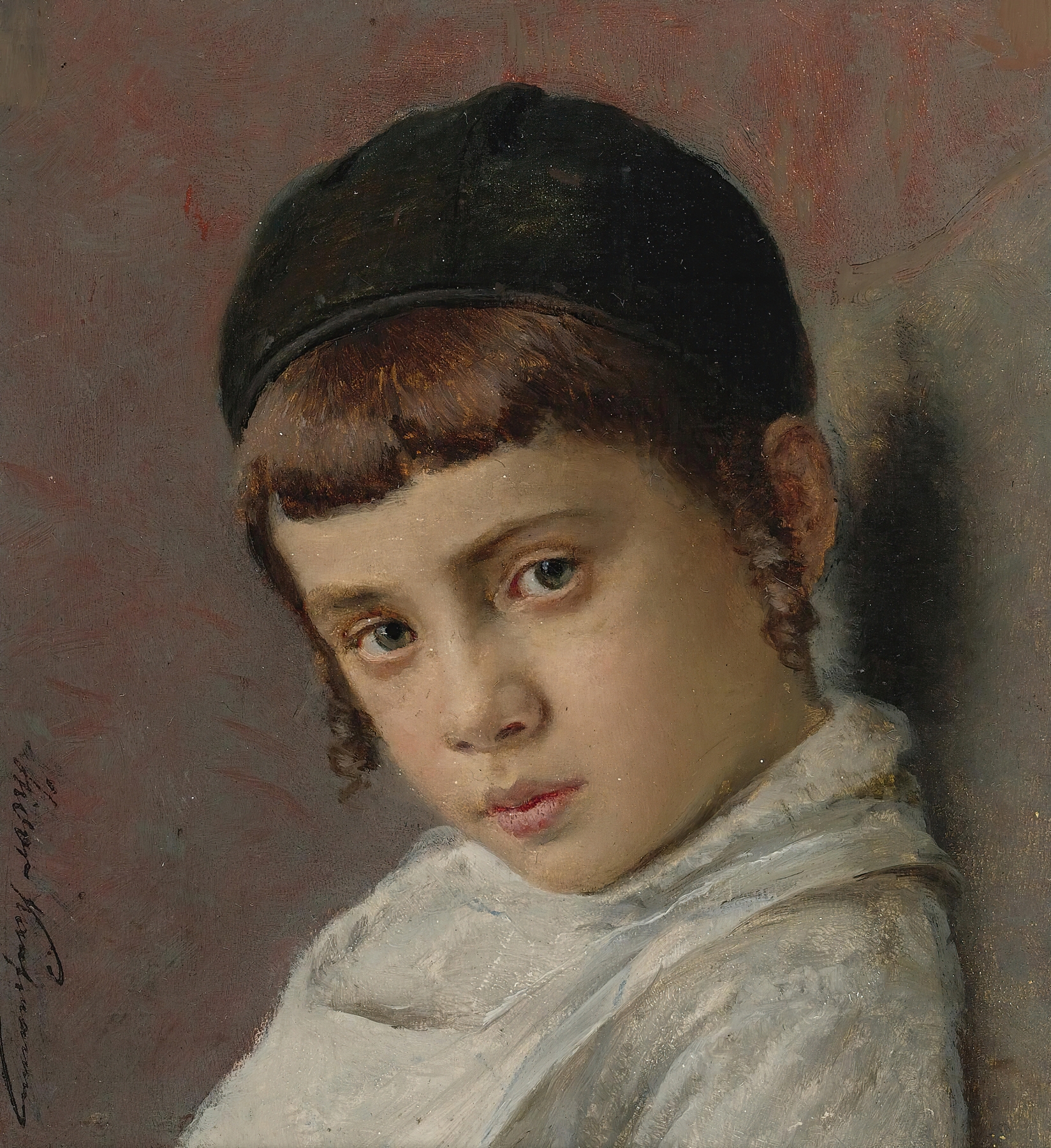
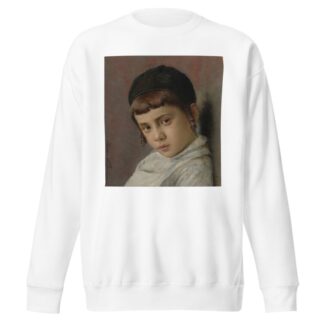
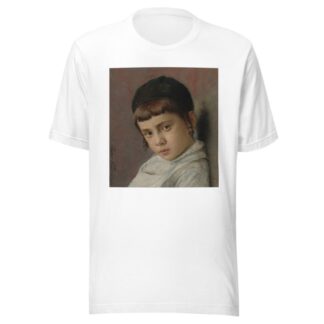
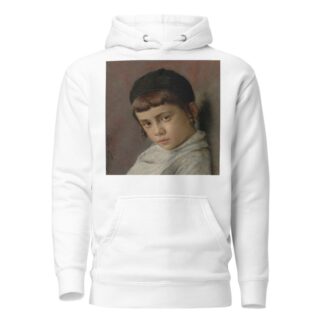
Reviews
There are no reviews yet.